45+ Best Natural Antihistamine Foods
Whether you’re suffering from high levels of histamine or you need to follow a low histamine diet, here’s a list of the best Natural Antihistamine Foods that may help symptoms.
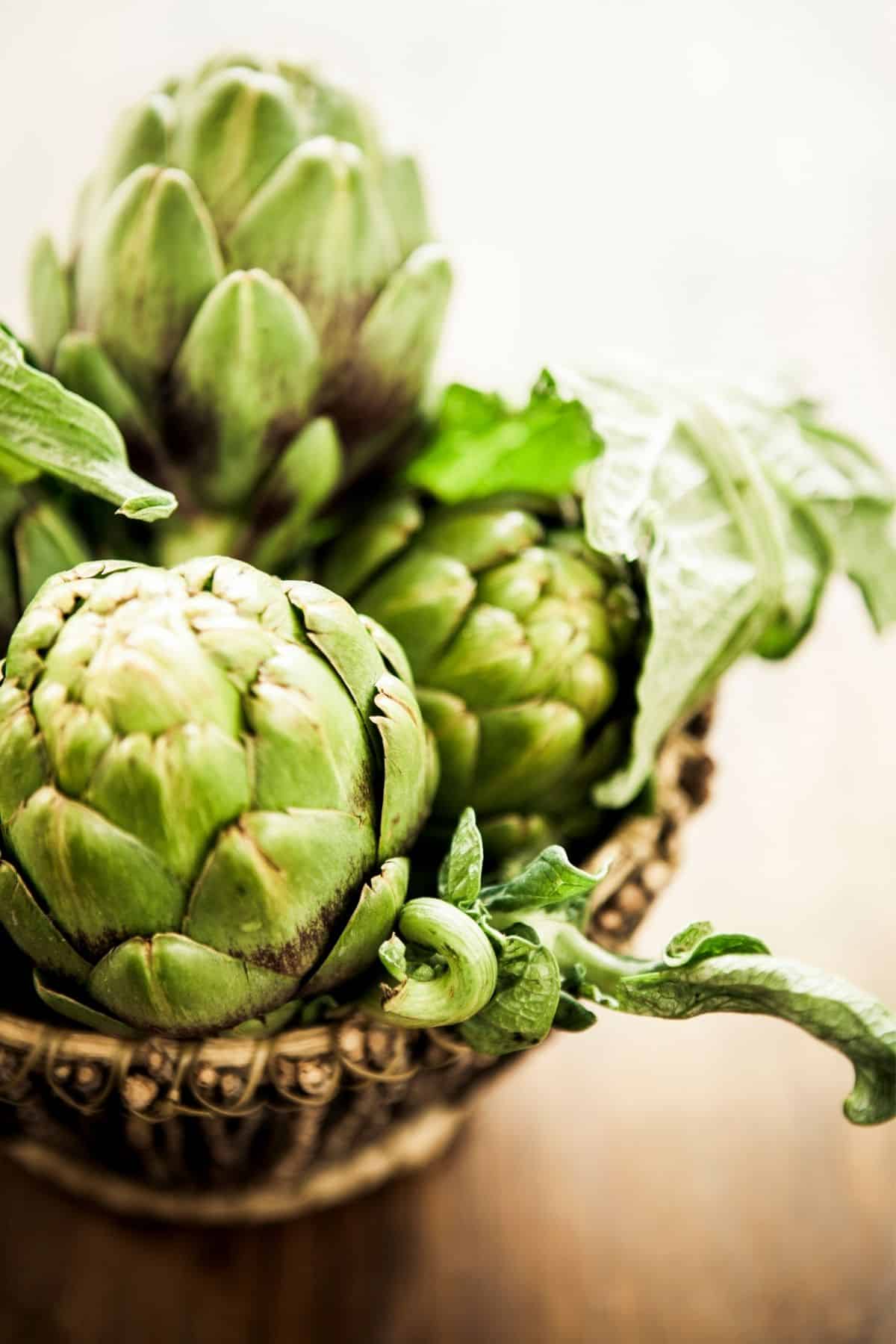
What is Histamine and What Does it Do?
Histamine is a chemical that acts as a messenger in the body. It has three main purposes:
- It forms part of our immune response to allergens or injuries,
- It carries messages between the brain and nervous system,
- It stimulates the production of stomach acid to help us break down and digest food.
The problem with histamine is that too much of it can build up in the body’s tissues. This can be caused by various things – either too much exposure to histamine through food or environmental factors, an inability to break it down properly, or the release of excess histamine after an infection.
The build-up of histamine is known as histamine intolerance.
When histamine levels are too high, the functions that histamine is meant to support tend to become problematic. This can lead to allergy symptoms, itchy eyes, runny nose, and other symptoms similar to that of seasonal allergies.
Learn more about how to naturally lower histamine levels.
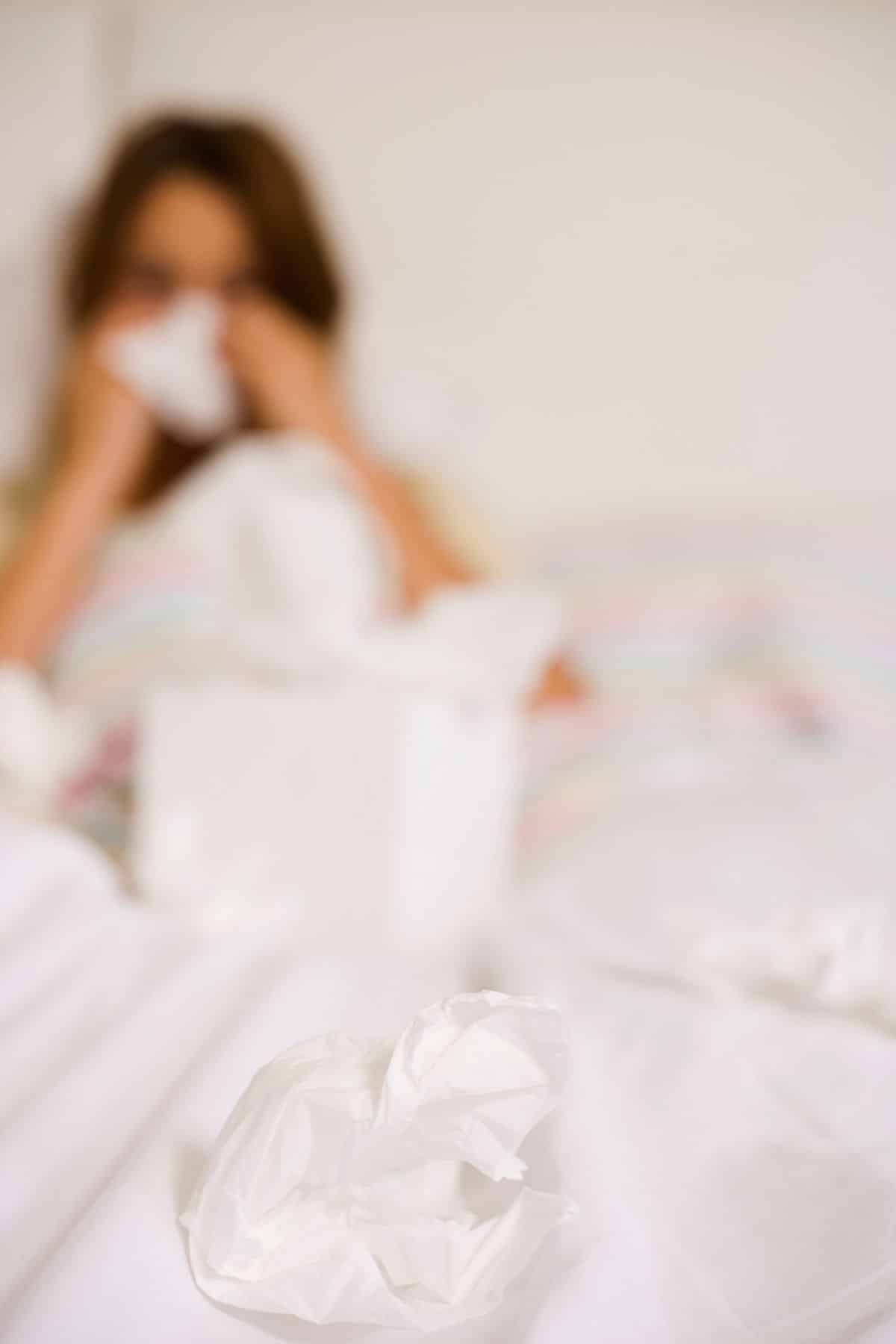
The immune system, for example, may begin to perceive harmless substances like dust or certain foods as harmful. It will then release extra histamine and other chemicals into the bloodstream, affecting organs like your nose, eyes, throat, lungs, skin, or digestive system.
The results are the type of symptoms that we typically associate with allergic reactions, hay fever, or allergic rhinitis, such as sneezing, wheezing, hives, and digestive problems.
What Does Antihistamine Mean?
An antihistamine is something that curbs the effects of histamine on the body, bringing bothersome symptoms under control.
When you think of “antihistamines” you probably think of medications, and there are certainly many over-the-counter and prescription drugs that can block some of the negative effects of histamines.
But it is also possible to control the symptoms of histamine intolerance with certain foods.
While all antihistamine foods naturally contain very low levels of histamine, there are other ways in which they are helpful.
Some, for example, can help boost the production of an enzyme called diamine oxidase (DAO). DAO is produced by the body and its main function is to keep histamine levels within a healthy range. Eating foods that can stimulate DAO production will help clear excess histamine more quickly.
Conversely, some foods should be avoided in an antihistamine diet because they block DAO, or because they actually promote histamine release. These foods are known as histamine liberators.
You might also like my article on the best supplements for dry eyes.
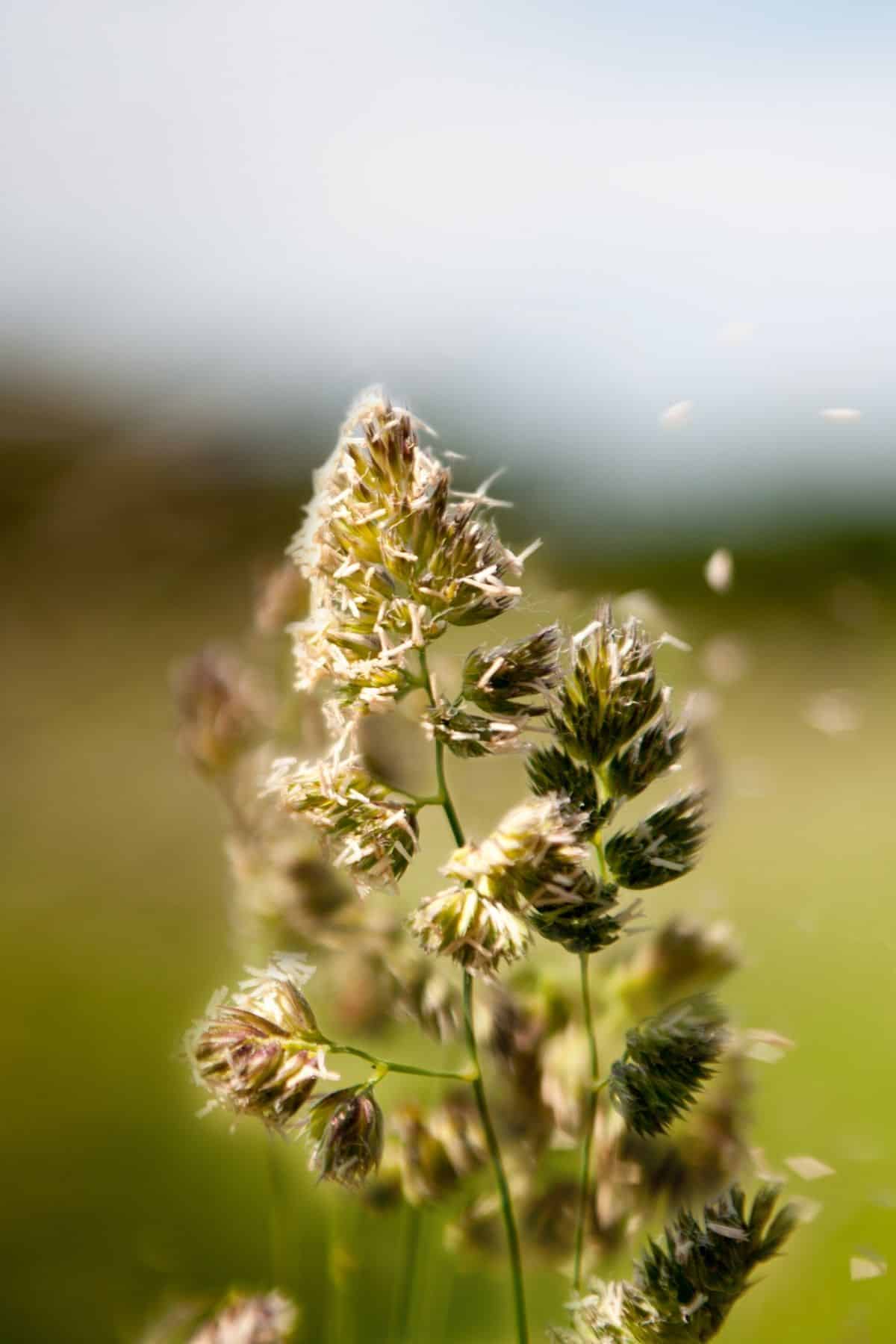
Natural Antihistamine Foods
The following are foods that you can consume on a low-histamine diet and that may help control your symptoms. These are all healthy low-histamine foods that are part of an anti-inflammatory diet.
As always, please consult your healthcare provider to make sure these recommendations are appropriate for you.
Antihistamine Herbs and Spices
- Basil (especially tulsi, or holy basil)
- Caraway (particularly useful in easing digestive problems)
- Cilantro
- Cumin
- Dill
- Fennel seed
- Garlic
- Ginger
- Mint
- Oregano
- Parsley
- Rosemary
- Sage
- Thyme
- Turmeric
These natural antihistamine herbs and spices can be incorporated into smoothies, salad dressings, salads, soups, and stews.
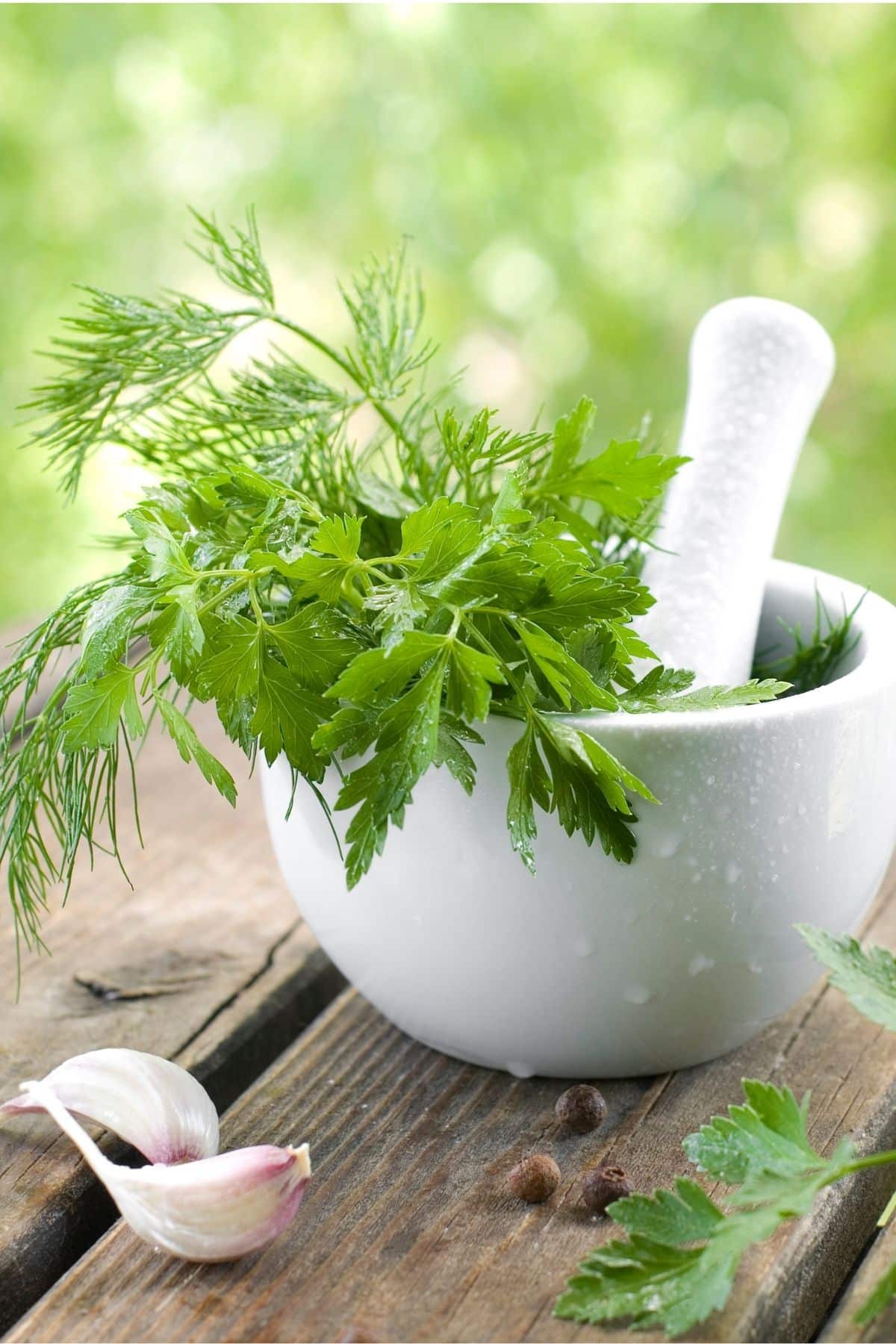
Antihistamine Vegetables
- Artichokes
- Arugula
- Asparagus
- Bell peppers
- Bok choy
- Broccoli/broccolini
- Brussels sprouts
- Cabbage
- Collard greens/Mustard greens
- Onion
- Radish
- Squash (except pumpkin)
- Watercress
- Zucchini
Try to consume as many of these natural antihistamine vegetables as possible.
Try using an air fryer for cooking vegetables, especially for making Air Fryer Brussels Sprouts, Air Fryer Zucchini Chips, and Air Fryer Broccoli. You may also like my recipe for Instant Pot Artichokes.
Learn more about getting started with a low histamine diet.
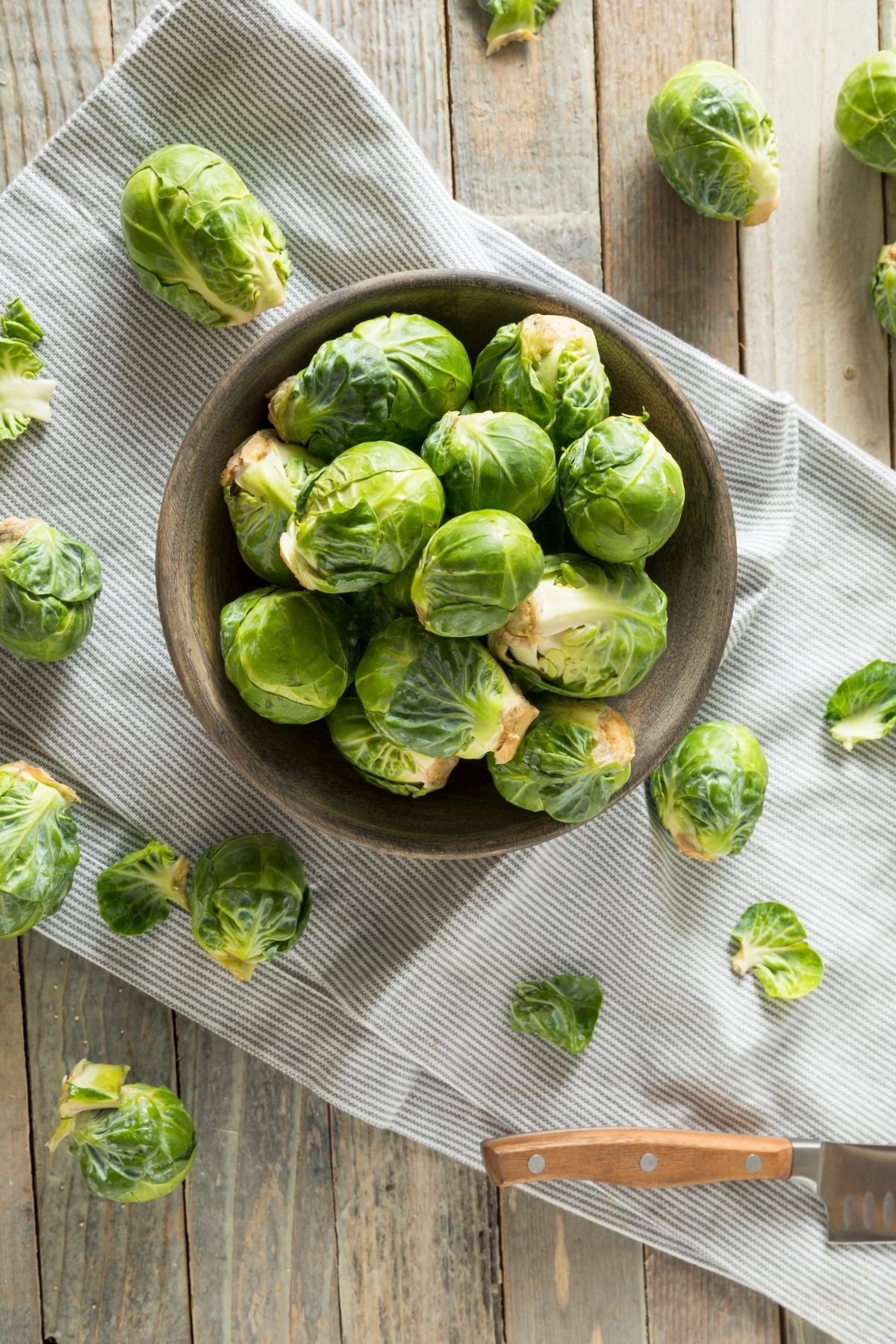
Antihistamine Fruits
- Apples
- Blackberries
- Blueberries
- Cherries
- Kiwi
- Mango
- Pomegranate
These antihistamine fruits are great for eating fresh or blending into smoothies. See my entire index of healthy smoothie recipes.
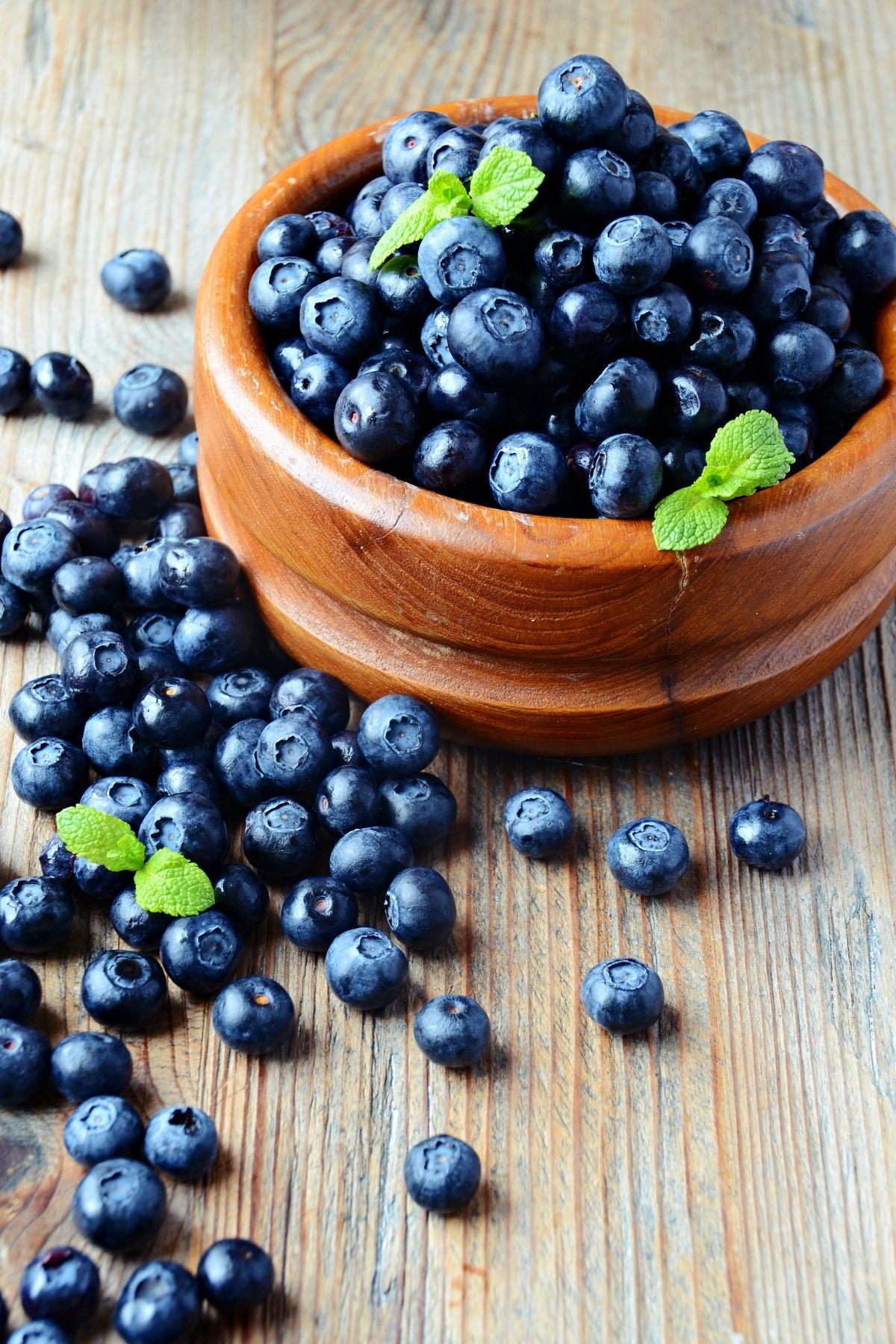
Other Antihistamine Foods
- Aloe vera (although popularly used as a soothing agent on the skin, it can also be taken internally once peeled and has natural anti-inflammatory properties)
- Fresh fatty fish high in omega-3s like wild-caught salmon
- Spirulina (limits the release of histamine)
- Bee pollen or honey
- Moringa (capable of inhibiting 72% of all histamine released; see my recipe for a Moringa Smoothie)
- Stinging nettle extract in tea or capsules (which studies have shown reduce inflammatory responses)
These special antihistamine foods can often be found in supplements, teas, or in recipes. See my Air Fryer Salmon recipe.
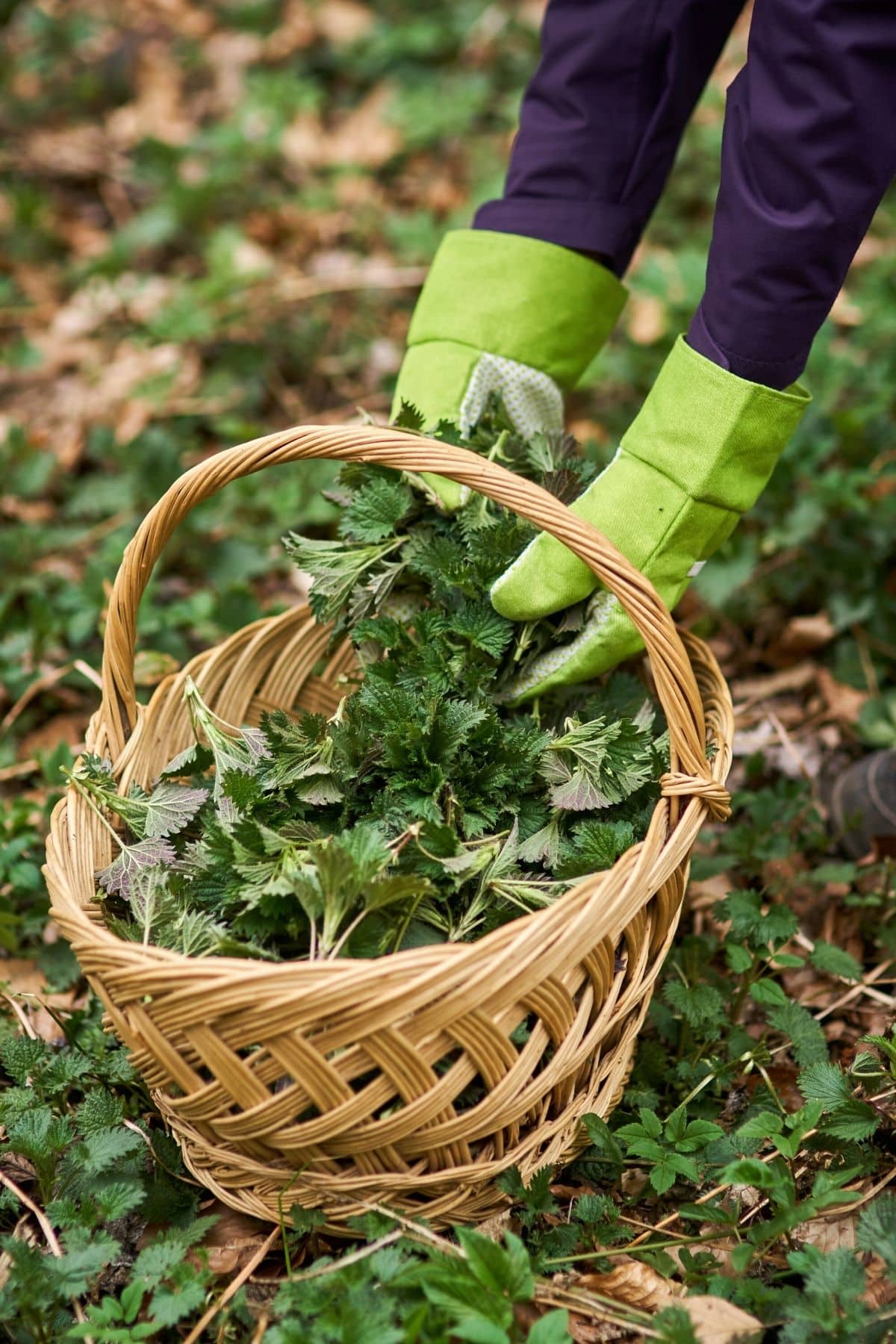
Foods to Avoid and Unsuitable for a Low-Histamine Diet
Foods That are High in Histamines
You may need to avoid these high histamine foods until your symptoms are under control. Try an elimination diet where you remove all of these foods and then re-introduce them slowly.
- Fermented foods (such as kombucha, yogurt, kimchi, and sauerkraut)
- Preserved meats
- Aged cheese
- Alcohol (especially red wine)
- Avocado
- Spinach
- Fresh fish and shellfish (if frozen immediately after being caught, frozen fish is lower in histamines)
- Bone broth (because of the lengthy cooking time needed to produce it)
Foods That Can Trigger the Release of Histamines
- Cocoa
- Chocolate (although white chocolate is often well tolerated)
- Peanuts, cashews, and walnuts
- Banana
- Tomatoes
- Citrus fruits
- Strawberries
- Dried fruits (these often contain sulfites or other preservatives that may trigger histamine release)
- Legumes
- Vinegar
On the other hand, you can enjoy liberally foods on the Low Histamine Diet or on this list of the Best Low Histamine Snacks.

Foods That Block the Production of DAO (Should Be Avoided)
These foods may block the DAO enzyme and may need to be avoided.
- Alcohol
- Tea (including black, green, and yerba mate)
- Energy drinks
Other Tips
As much as possible, try to cook only fresh ingredients (except for fish which can be higher in histamines when freshly-caught). This means avoiding doing a large weekly shopping trip and aiming to buy your ingredients as and when needed. This is because fresh foods are relatively low in histamine, but the content increases with time.
It’s also a good idea to look for organic produce, in order to avoid any pollutants that may trigger histamine-related reactions. See my related article for how to eat more organic.
If you’re new to cooking at home, you may also like my introductory articles on how to eat clean, how to eat clean on a budget, and my healthy grocery list.
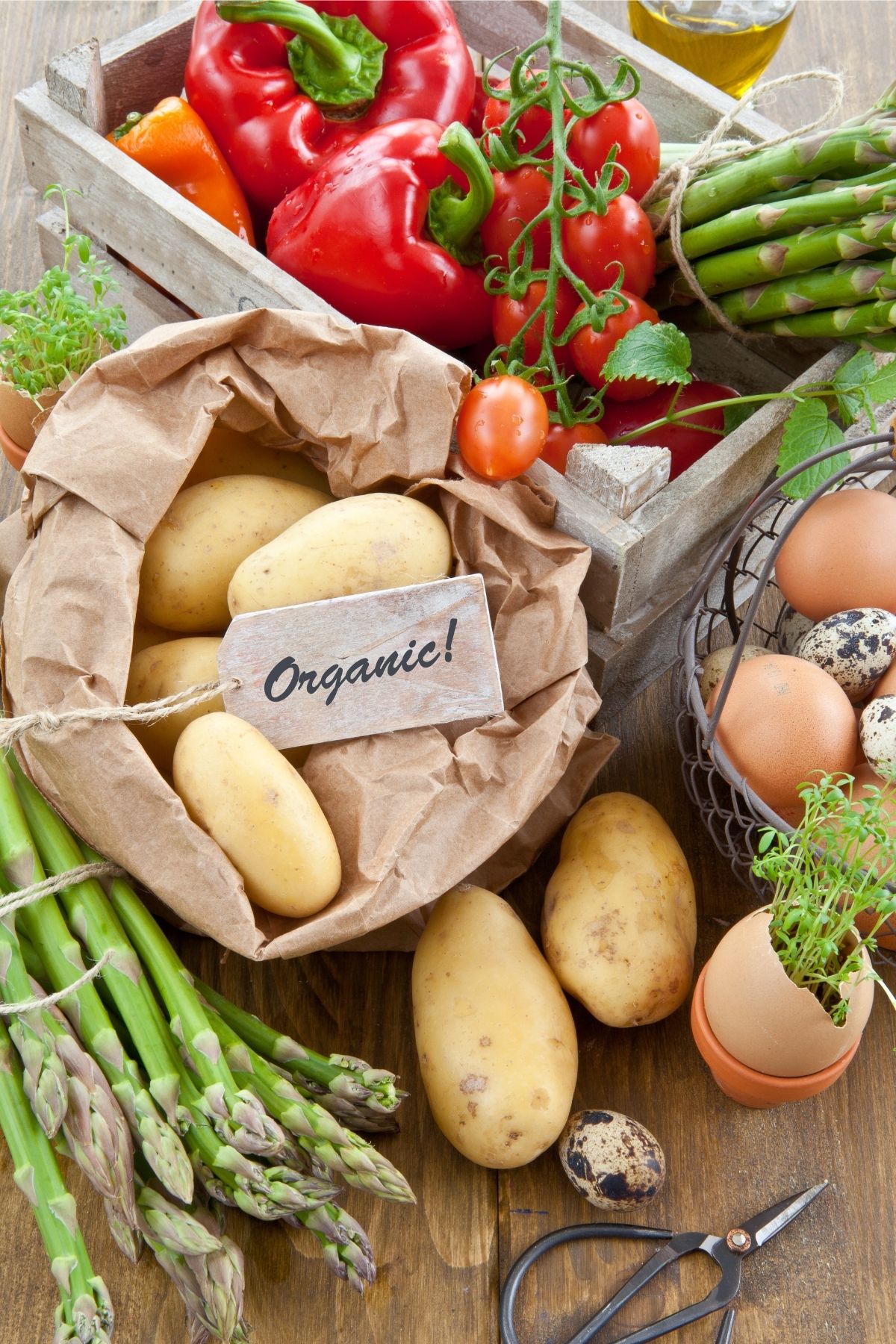
There is also evidence to suggest that the cooking methods you use can make a difference to the histamine content of your food. A 2017 study showed that frying or grilling foods increased their histamine levels, whereas boiling them either didn’t affect them or even reduced them.
See my related article on the safest cookware choices for your kitchen.
FAQs About Anti-Histamine Foods
A DAO enzyme supplement may help your body metabolize histamine. However, you should speak with our healthcare provider to make sure this is a good approach for you to manage your histamine issues.
Fermented dairy products like kefir and yogurt may increase histamine in your body.
Medications may help but they aren’t a long-term strategy. You might consider cutting out high-histamine foods to see if you get reduced symptoms including reduced itchy skin or skin rashes.
More Helpful Resources You Might Enjoy
Conclusions
The symptoms caused by a build-up of histamine can be uncomfortable. While antihistamine medication can temporarily control them, making adjustments to your diet may be an even better solution.
Consuming the right foods gives you some control over how much histamine is released by your body and how quickly it is cleared. These benefits make an antihistamine diet more of a long-term solution and one that may bring you significant relief.
Don’t forget to join my newsletter list to get exclusive clean eating recipes and tips. The newsletter is 100% free with no spam; unsubscribe anytime.
About the Author: Carrie Forrest has a master’s degree in public health with a specialty in nutrition. She is a top wellness and food blogger with nearly 10 million annual visitors to her site. Carrie has an incredible story of recovery from chronic illness and is passionate about helping other women transform their health. Send Carrie a message through her contact form.
Note: this post is for informational purposes only and is not intended as medical advice. Please consult your healthcare provider for recommendations related to your individual situation.


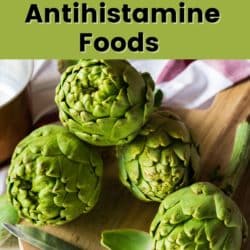
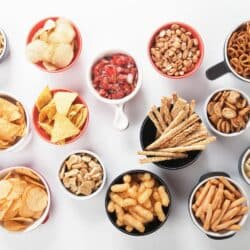

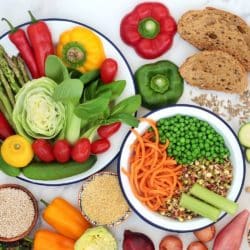




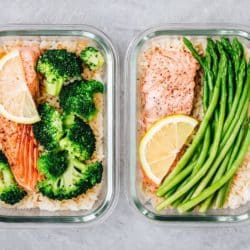
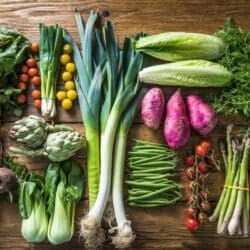
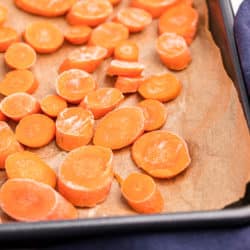

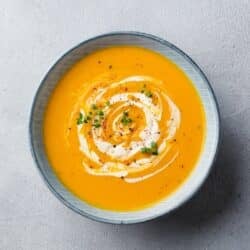
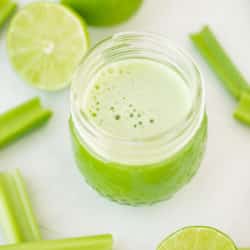


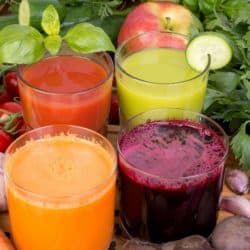


So, what I just read here is that I must say goodbye to ALL my favorite foods. This explains my incessant itching. But life without avocados, bananas, etc.
It likely won’t be for life, maybe just a temporary pause until the symptoms get under control?
Beg pardon but some of the items on your ant-histamine diet contradict your recipes, such as bananas in the Chai pudding recipe. You also show tomatoes in your pictures but it is on the No list of foods. It makes it a bit confusing.
I have also read that nuts are not allowed but you have included cashews.
Do you have any ideas for salad dressings, since lemon juice and vinegar are not allowed?
Thank you.
Cory
What do you use for dressing on your dalad
Cory, my understanding is that apple cider vinegar is the only vinegar that’s not on the histamine list. I use it for many many things. I wonder if that might be worth trying, for your salad dressings?
Also, there are many recipes for salad dressings that do not call for vinegar. Or even oil, for that matter. It might be worth poking around on the interwebs, to see what you can find. There are many herbs that are on the safe list and I’ve seen salad dressings made with all kinds of things, that you wouldn’t normally think of to use.